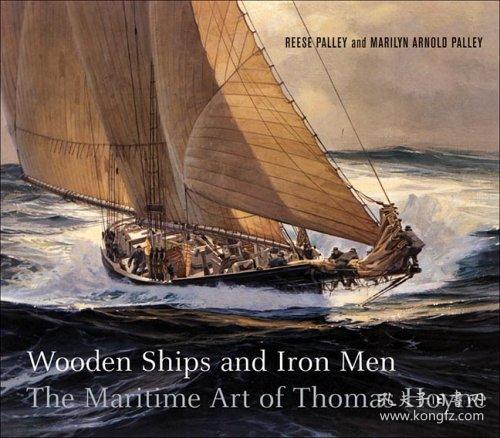In the serene world of fishing, there's nothing more frustrating than having your line constantly break. Whether you're a seasoned angler or a beginner, understanding how to avoid line breaks can significantly enhance your fishing experience. This article delves into the art of joyful fishing, offering essential tips and techniques to keep your line intact and your spirits high.
Choose the Right Equipment
The foundation of successful fishing lies in the right equipment. Here are some key considerations:
a. Quality Fishing Line: Invest in a high-quality fishing line that suits the conditions of your fishing spot. Braided lines offer excellent strength and sensitivity, making them ideal for various fishing scenarios. Monofilament lines, on the other hand, are more flexible and less visible in water, making them suitable for certain types of fishing.
b. Reel: A good reel is crucial for maintaining line tension and preventing breaks. Choose a reel that matches the weight and type of your fishing line. Ensure that the reel is well-maintained, with smooth gears and a reliable drag system.
c. Hooks and Lures: Select hooks and lures that are appropriate for the fish you're targeting. Using the wrong size or type of hook can lead to line breaks when the fish struggles or jumps.
Proper Line Management
Efficient line management is key to avoiding breaks. Here are some tips:

a. Keep Line Tension: Maintain consistent line tension by adjusting the drag on your reel. This prevents the line from sagging or becoming too tight, both of which can lead to breaks.
b. Use a Leader: A leader is a length of line between your main line and your lure or hook. It acts as a shock absorber, reducing the likelihood of line breaks when a fish jumps or struggles.
c. Avoid Overloading the Reel: Overloading your reel with too much line can lead to tangles and breaks. Follow the manufacturer's recommendations for line capacity.
Techniques to Prevent Line Breaks
Mastering certain fishing techniques can significantly reduce the risk of line breaks:
a. Proper Casting: Learn the art of casting to avoid snags and tangles. Pay attention to your casting angle and power, ensuring that your line lands smoothly in the water.
b. Handling Fish Carefully: When landing a fish, handle it gently to prevent sudden movements that can cause line breaks. Use a net or a gentle hand to guide the fish to the shore.
c. Regular Line Checks: Regularly inspect your line for signs of wear or damage. Replace worn-out line promptly to avoid unexpected breaks.
Environmental Factors
Understanding the environmental factors can help you adapt your techniques and equipment:
a. Weather Conditions: Strong winds and currents can put additional strain on your line. Adjust your casting technique and line tension accordingly.
b. Water Conditions: Clear water can make it easier for fish to see your line, increasing the risk of breaks. Use a line that is less visible in clear water, such as a fluorocarbon line.
Continuous Learning and Practice
Lastly, remember that fishing is a skill that improves with practice. Continuously learn from your experiences and adapt your techniques as needed. Here are some additional tips:
a. Join a Fishing Club: Joining a fishing club can provide you with valuable insights and advice from experienced anglers.
b. Attend Workshops: Participate in fishing workshops to learn new techniques and improve your skills.
c. Experiment with Different Methods: Don't be afraid to try different fishing methods and equipment to find what works best for you.
In conclusion, joyful fishing is not just about catching fish; it's about enjoying the experience and avoiding the frustration of line breaks. By choosing the right equipment, managing your line effectively, mastering fishing techniques, adapting to environmental factors, and continuously learning, you can enhance your fishing experience and keep your line intact. Happy fishing!












